Do You Really Need a DSLR?
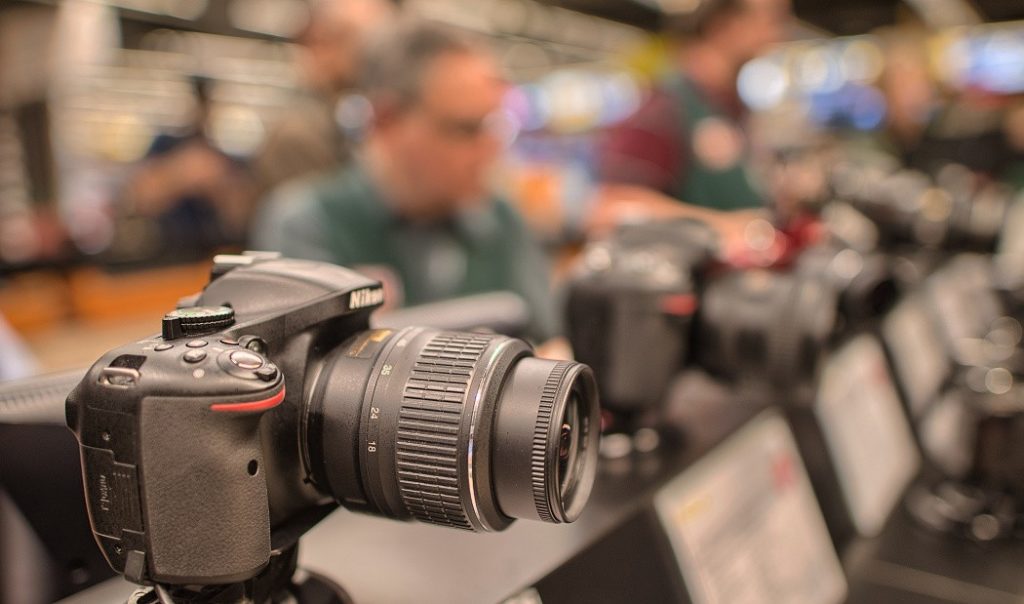
The article is over 5 years old. The information in it may be outdated.
![]()
We are working on its update. In the meantime, you can read some more recent articles.
The Digital single-lens reflex (DSLR) class of cameras is the highest “goal” in the minds of many photographers. It’s only natural that manufacturers have seen an opportunity in this and lowered DSLR prices lately. But is a DSLR worth it for everyone?
The most common photographic tools in photographers’ hands are compact cameras, single-lens reflex cameras, and mirrorless cameras (compacts with exchangeable lenses). In our search to answer the question of whether a DSLR is the best choice for all photographers, we’ll be sticking to just these three camera types.
Mirrorless (compacts with exchangeable lenses) – these are hybrids between compacts and DSLRs: they’re the size of a compact, but they have exchangeable lenses and a wide range of settings like a DSLR.
DSLRs – these are advanced devices with a wide range of functions. In recent years, many photo amateurs have gotten their hands on them thanks to falling camera prices.
Right from the start we should point out that using a technically advanced camera is no guarantee of a good photo. If you expect your camera to give you professional outputs, then your camera expects you to give it professional inputs.
“What type of camera should I buy?” This is a question that everyone planning to purchase a new camera asks themselves. To choose the best camera for your needs, you must answer several questions: What’s my budget? What do I want to photograph? How skillful do I want to become?
The Key Differences
You’ll get the cheapest price on a compact that does not need any special accessories. You simply buy the compact and you have everything you need. You can start taking pictures right away. The purchase price of advanced compacts, and of the cheapest DSLRs and mirrorless cameras, is now lower than ever. So why not go straight ahead and buy a DSLR, when it’s the ever-praised highest rung in the technical ladder, and “every pro uses a DSLR?”
First and foremost because of some cons that can turn you away from them. The weight of a DSLR in your backpack is considerable. A pound for the camera body alone is normal. For advanced models it can be more than that. Now add a lens or two and other accessories, since you’ll definitely collect a few as you “collect” favorite genres, and you’ll find your kit weighing you down quite a bit.
Also, all those accessories take up a lot of space, and a DSLR lens does not fit into the camera body as tends to be the case with compacts. While you can often store a compact in your jeans or jacket pocket, with a DSLR you can forget about that, and count on an extra bag. If you travel by plane with your camera, it can also make you hit the baggage weight limit.
What About Modes? Automatic or Manual?
If you only shoot in full automatic mode, and the semi-automatic and manual modes are a mystery to you and you aren’t planning to use them, then a DSLR is a pointless luxury.
What good is the ability to use low depth of focus when you’re not going to be manipulating the aperture at all? Similarly, you’ll make great advances in sports photography if you use fully manual mode, or aperture or shutter priority mode.
What Kind of Photography?
Portraits and People
For photographs of family, friends, vacation moments, celebrations, and various events, any old compact is entirely enough. And it’s less work than using a DSLR.
But on the other hand if you want the faces in your portrait photos to be like those in professional photos, then you need to control depth of focus, sharpness, and much more, so you’ll benefit from a mirrorless camera or a DSLR with a portrait lens.
The camera body itself is not so important for portrait photography. Picking the right lens is. We recommend fast lenses (e.g. f1.8 or f2.8) in the 50-200 mm range. For a beginning, a fast 50mm lens is nearly ideal. It’s not expensive, and it has excellent detail.


Landscape Photography
If you don’t mind the weight issues mentioned above, then definitely get a DSLR for your photos of the hills and dales. Just keep in mind that while your friend carrying a compact that he can always pull off his belt or out of his jacket pocket will always be ready to take pictures “on the go,” you will be needing to take off your backpack, unbutton your camera bag, change lenses, and more. And that can slow down many expeditions.
In landscape photography you’ll find the most use for the wide lenses in compacts, but you’ll also get use out of telephoto lenses for details and close-ups.
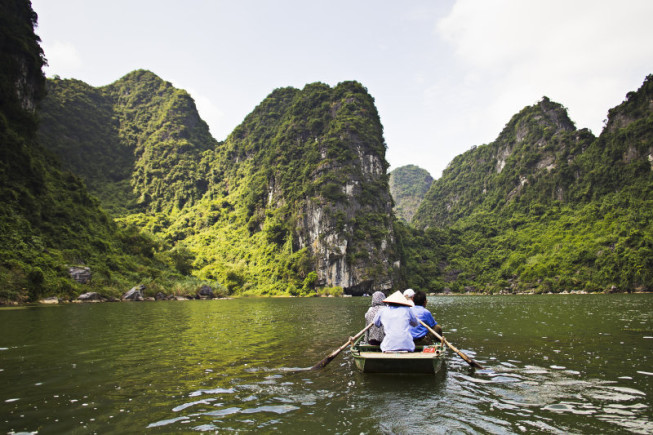

Reporting, Documentation, and Travel
Documentary and journalistic photography are special in that you take pictures of both outdoor and indoor scenes. Avoid a DSLR if you can. The reason is simple: DSLRs are conspicuous.
In some countries, people will go on the defensive against a “professional” photographer. For example they’re afraid they’ll be in a Big Newspaper, because a DSLR gives that impression. If your budget allows it, we recommend a high-end compact with exchangeable lenses, in other words a mirrorless camera. Then people will react to you as a harmless tourist, and not as a news professional.
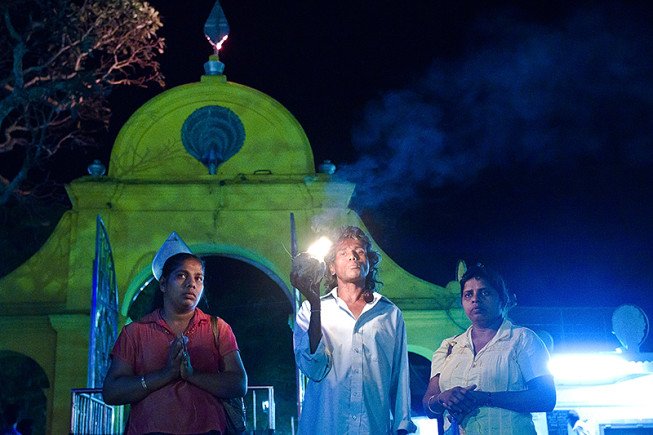
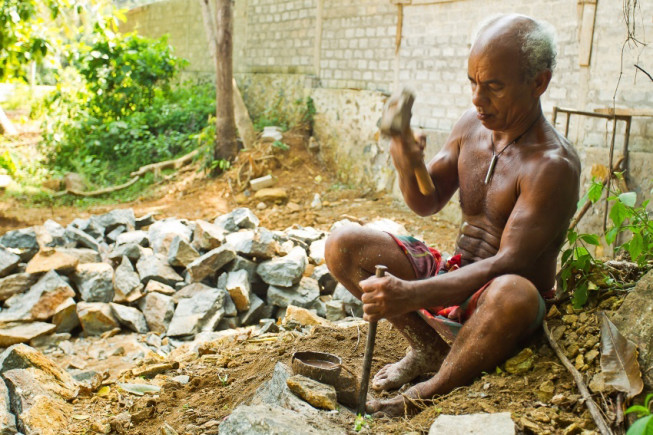
Sports and Motion
Sports is one category where there’s no reason not to say right from the start: you need a DSLR. In fact here you need not just any DSLR, but one whose body offers quick focus switching, fast shutter times, and a sensitive sensor.
Sports photographers use cameras with pro-class bodies (and usually full-frame as well). These camera can get good images (without losing quality to heavy noise) even under bad lighting conditions.
Sports photographers also buy high-quality lenses to go with these bodies. Every sport needs different lens attributes, and may demand anything from a fisheye to an 800mm. But you can’t go entirely wrong with a 70-200mm telephoto lens.
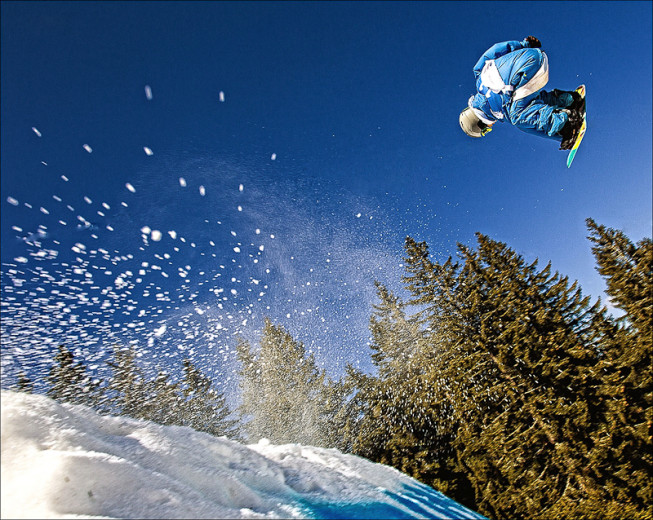

Wildlife Photography
Wild animals are surprisingly similar to athletes, at least for a camera. You need a DSLR with quick, precise focus, a fast shutter, high sensitivity, and some really long focal lengths—200 mm for example is just a start. You can skip the wide-angle lenses; we recommend one macro lens instead.
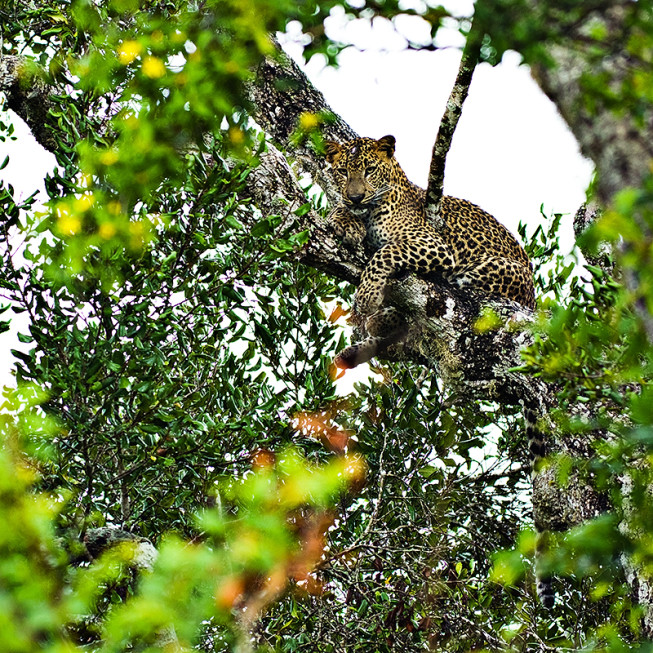
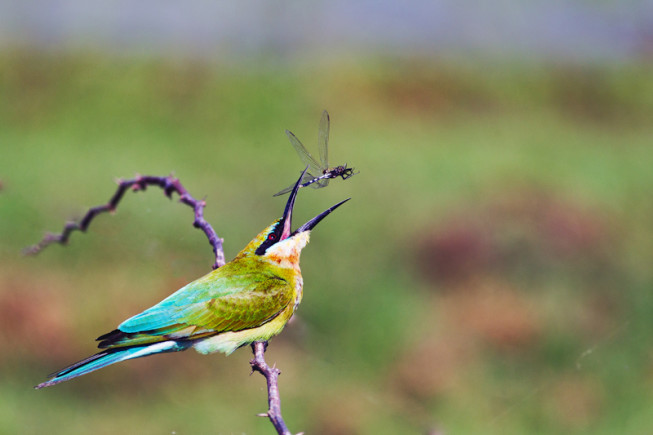
Macro Photography
This is a rather special field. When starting out, you’ll get by with any high-end compact that offers macro mode. But if you want to fully devote yourself to macro, let alone micro photography, you won’t get by without a wider range of accessories and equipment. Including a DSLR.
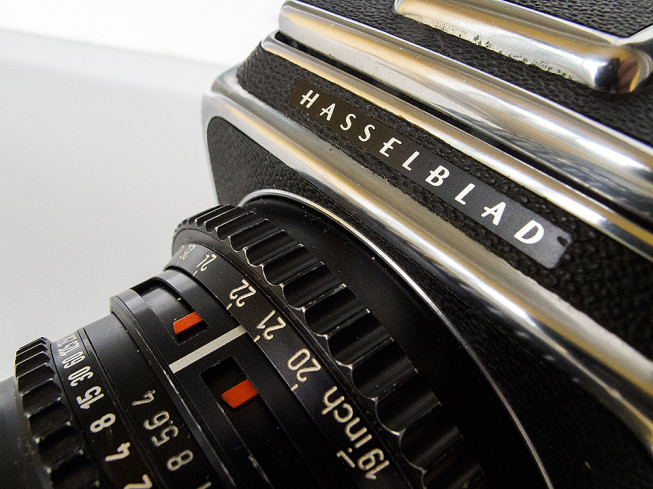
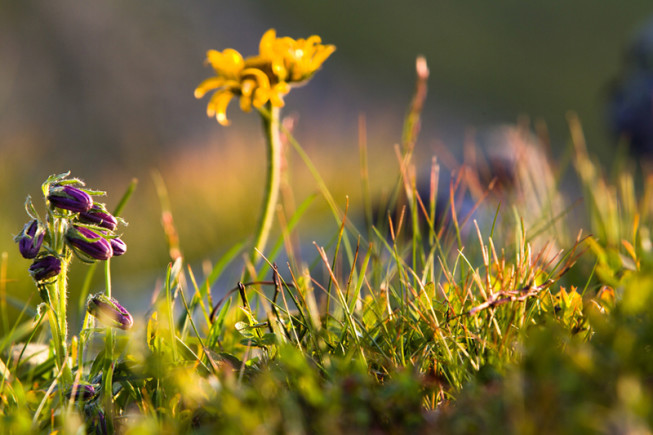
Compact-to-DSLR switch? Think carefully.
Don’t expect the switch from a compact to a DSLR to automatically improve your pictures’ quality. If you’ve been using a compact up until now, take care before switching to a DSLR. Compacts have very high depth of field due to their small sensor sizes. DSLRs, meanwhile, have less depth of field, so they will “take blurry pictures.”
This is because DSLRs have a much larger sensor size, and so you will need to learn how to work with depth of field—how to focus precisely and correctly. Depth of field depends on several factors: focal length, f-number, and—sensor size. The larger the sensor size, the longer the focal length, and the wider the aperture, the smaller the depth of field.
A DSLR Is a Start, Not an End
Keep in mind this principle: whatever you spend on your DSLR camera body, you can expect to spend the same on lenses. If you buy a DSLR with just a basic, relatively cheap lens, don’t expect it to give superb results. These lenses often have worse outputs than high-end compacts. Sometimes it’s best to buy the camera body alone first, and only then to buy needed accessories.
When you’re short on money, but you still want or need a DSLR, don’t be afraid to go for a second-hand one. The prices are often very good, and often you can find second-hand models with a year or more of guarantee left on them. This way you can avoid splurging on the camera, and more wisely invest in lenses. After all, it’s the lens that “draws” the final picture.
In closing: although we spoke many an unkind word about DSLRs in this article, they’re actually fantastic equipment that, in experienced hands, gives the best results. It’s up to you to decide what you want to photograph, and how. And whether you’ll make do with a compact, go for a mirrorless, or find yourself needing a DSLR.
No matter how you decide, we wish you a happy hunt for the best pictures you can get!

There are no comments yet.